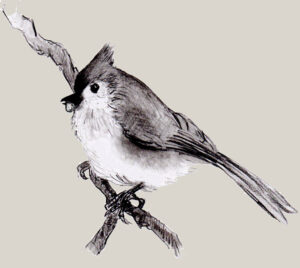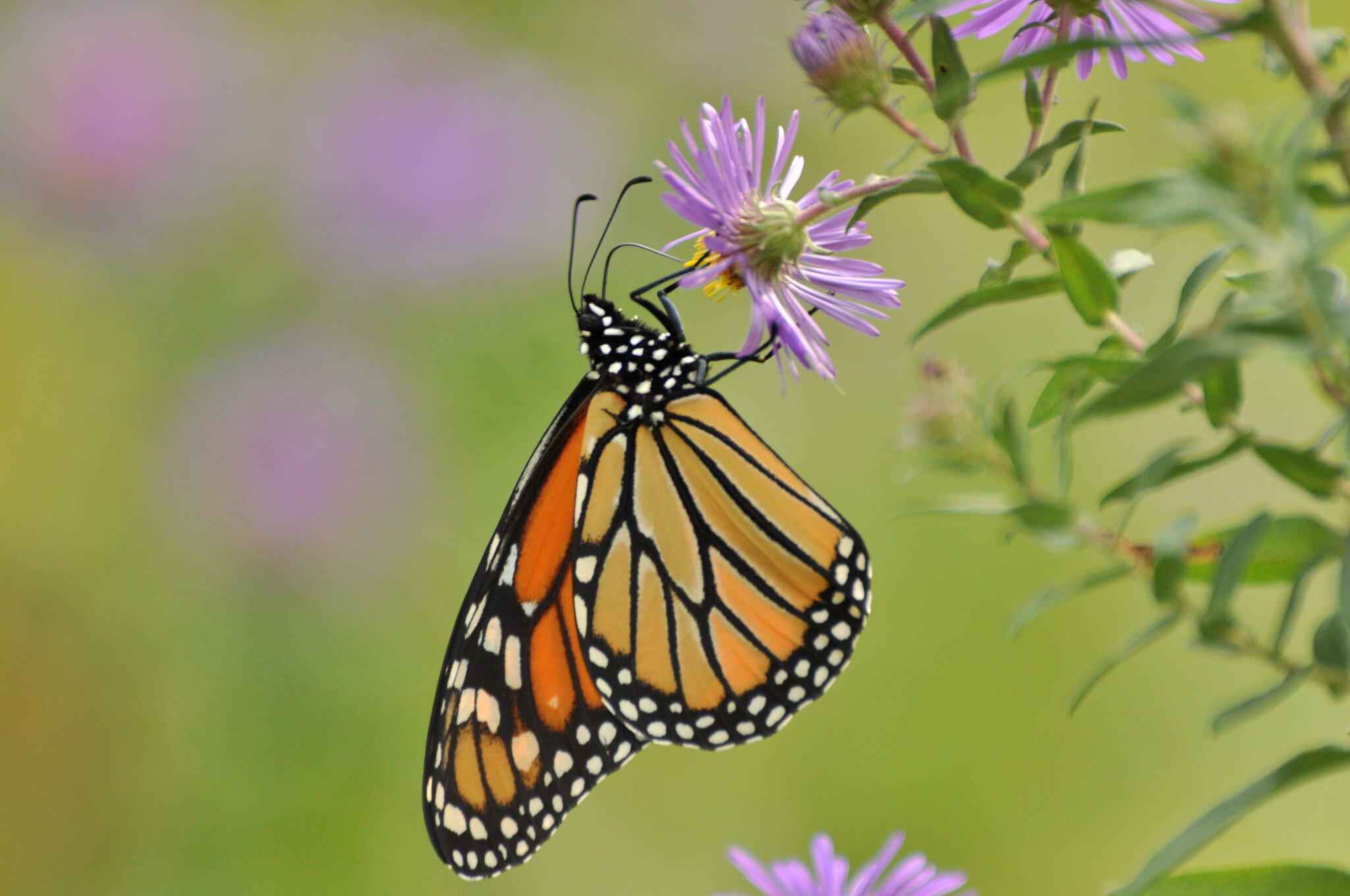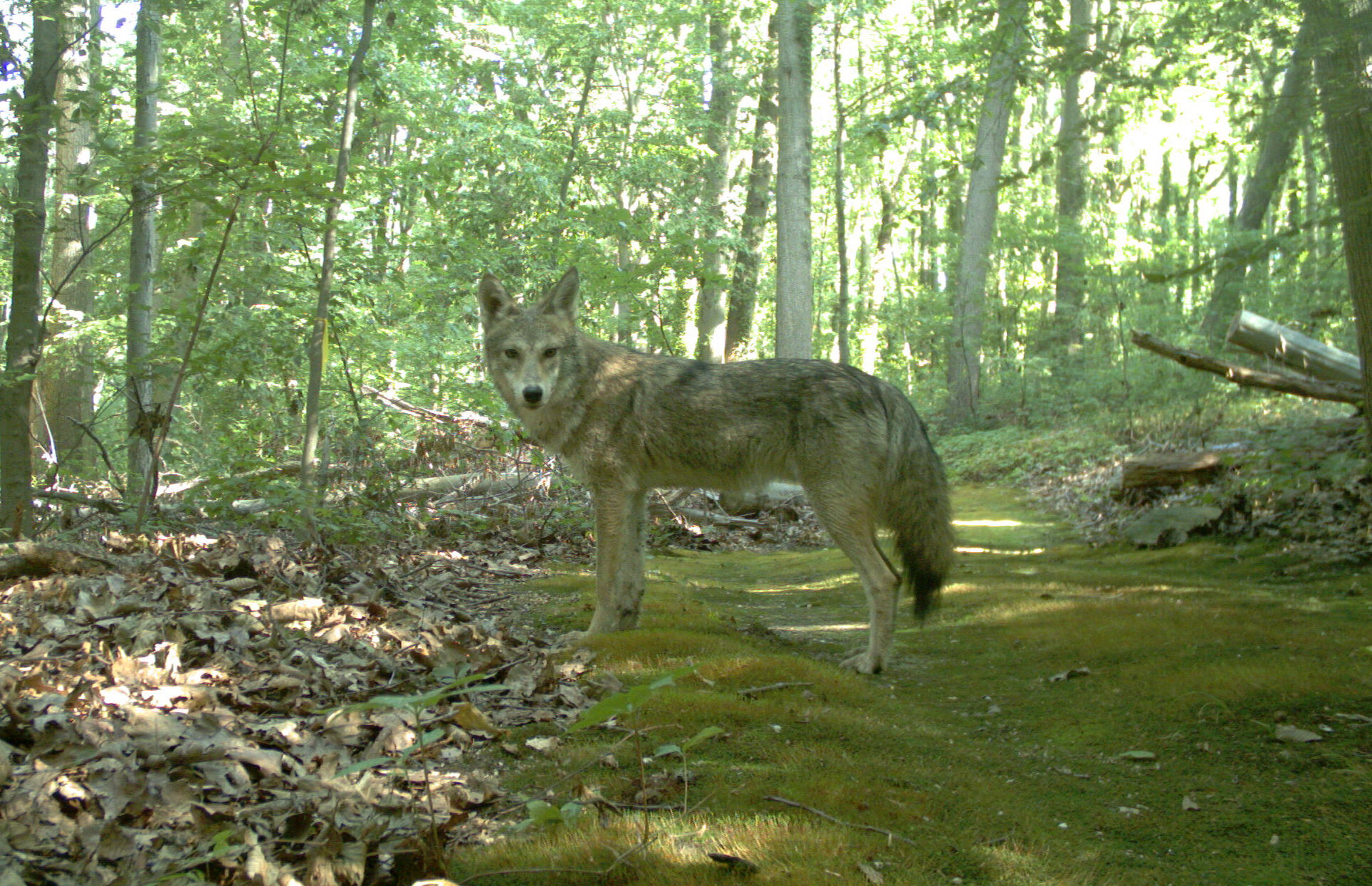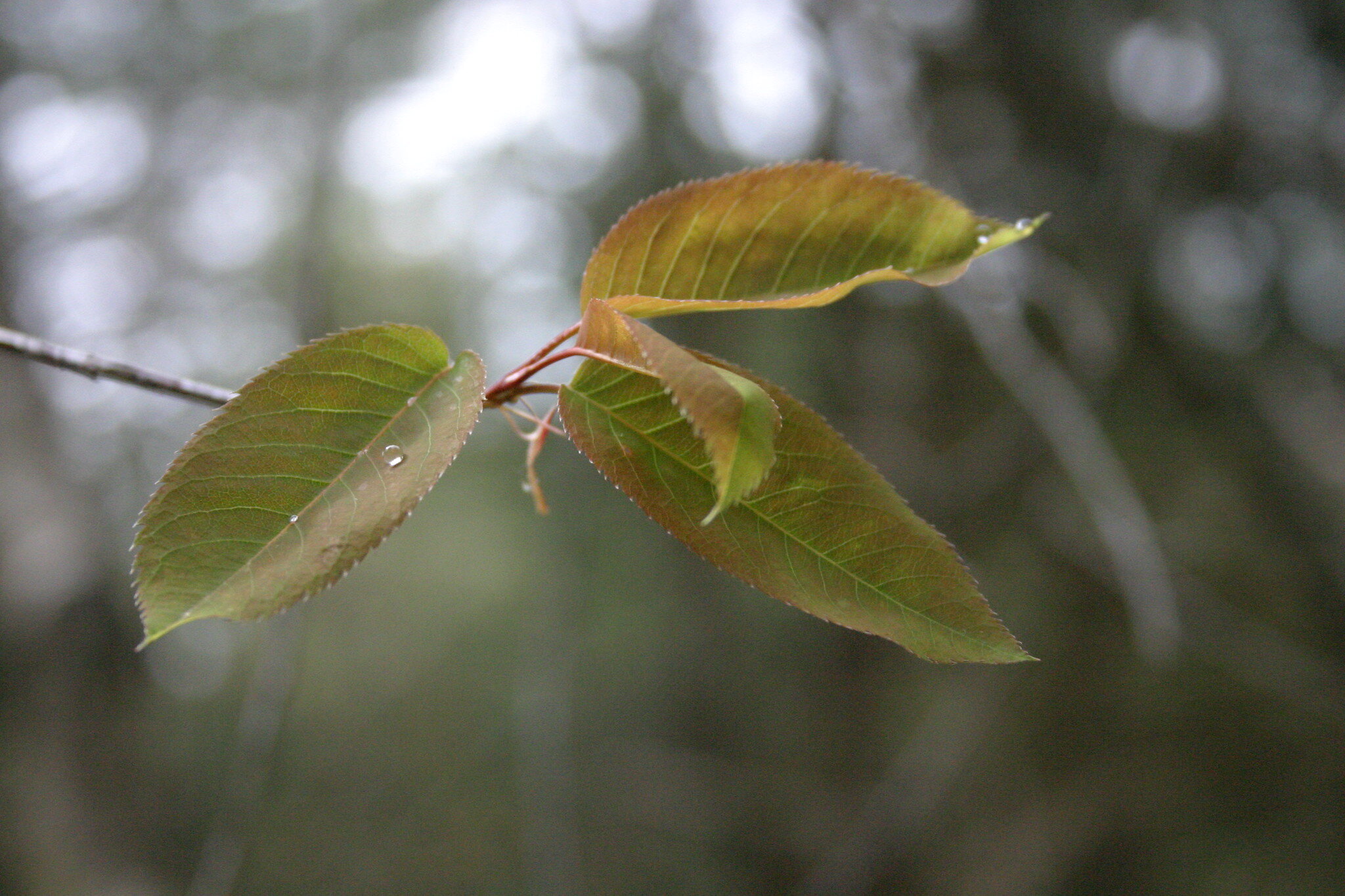 “Birds of Different Feathers Flocking Together”
“Birds of Different Feathers Flocking Together”
By John Turner
Red-breasted Nuthatch
Before the holidays I took a walk along the Suffolk Greenbelt trail in the vicinity of Motor Parkway. As I walked slowly up a rise onto the Ronkonkoma Moraine, the trail took a subtle turn to the right, by a large trailside pitch pine. As I passed the tree I heard the characteristic nasal wank, wank, wank of a white-breasted nuthatch in an oak behind the pine. The bird kept vocalizing as it actively searched for food, foraging in typical fashion along the bark of a white oak with its head pointing downward and walking down the tree before flying to a higher position in a neighboring tree and beginning the foraging process all over again (this habit of nuthatches of walking down a tree is why they were once called “devil down birds” as they always walk downward toward Hell where the devil resides!). Suddenly I realized there were another group of birds feeding above it to the left, a little further away. These were a few black-capped chickadees and a lone tufted titmouse. Then another titmouse foraging to my left and suddenly higher up a downy woodpecker revealed its presence by vocalizing its well-known downward whinny call. Then several golden-crowned kinglets searching in a nearby pine and finally, to top it off, a brown creeper, a little mite of a bird with a decurved bill that’s adapted to probing for insects and spiders hiding in the crevices of bark, comes in to the base of the tree the nuthatch was first on and works it way up the trunk.
Coming across and enjoying this mixed species flock of small songbirds foraging in a forest is one of the treats of winter birding and is commonplace on Long Island. In fact, during the winter it’s a fairly reliable occurrence, probably seen on any hike of medium length if you’re attuned to it. But it is seasonal in nature – if you search in the summer for this troupe of mixed species avian acrobats gleaning for insects while hanging from a group of dead oak leaves as one of the kinglets did, your search will be in vain. These flocks only form in the late Fall, persisting through early Spring. By the time the warmer months roll around they’ve broken up as species pair up for the mating season.
Some scientists have studied the dynamics of these mixed species flocks, trying to better understand why they form. The assumption is that they must have value to the individual birds or else the birds wouldn’t come together; that is, the benefits of forming the flock must outweigh the negatives.
Two hypotheses have come forth to explain winter flock formation. One points to the “more eyes and ears the better” reason. With potentially a few dozen eyes and ears on the alert for predators, most notably sharp-shinned and Cooper’s hawks, than a single pair, each bird is better protected against predation. This, in turn, relates to the second reason offered: better foraging efficiency. So being in a flock means there’s less of a chance any bird will be eaten by a hawk, allowing it to spend more time in search of food and less time looking around to avoid becoming food. This may prove especially valuable to birds like nuthatches and creepers whose focus is often right in front of them.
Tufted-titmouse
Black-capped chickadees and tufted titmice generally form the nucleus of these winter flocks, playing the leading or central role because these species seem to be especially adept at detecting and avoiding predators, emitting their alarm calls on a moment’s notice, a call which other species recognize immediately for what it is. These other birds, the floaters, are a varying group of avian actors – sometimes involving nuthatches, creepers, or woodpeckers, other times including yellow-rumped warblers, ruby-crowned kinglets, and Carolina wrens, or any possible number of combinations of all of the above.
Regardless of their composition, mixed winter flocks are fun to watch and underscore the power of evolution in promoting behaviors that have adaptive value to the species that display them. Why not make it your New Year’s resolution to enjoy a flock of “birds of a different feather flocking together” before winter ebbs into Spring?



